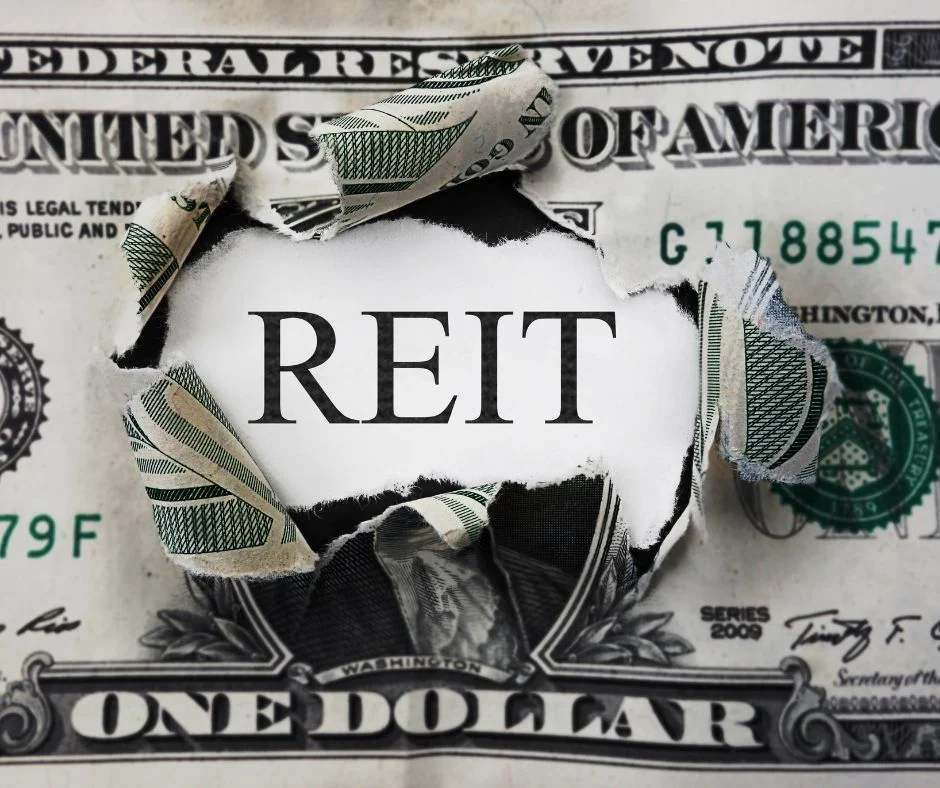
In today’s fast-paced financial world, one of the biggest challenges investors face is the relentless erosion of purchasing power due to inflation. It’s a silent thief that can sneak up on even the most diligent savers.
Imagine putting money away for years, only to find that it buys less than it did when you first saved it. This is where Wall Street’s best-kept secret comes into play: low-risk investments that not only protect your money but also help it grow faster than inflation. Whether you’re saving for retirement, a down payment on a house, or just looking to preserve your wealth, these investments can be your secret weapon.
Let’s dive into the strategies that savvy investors use to stay ahead of the inflation curve and ensure their money works as hard as they do.
Understanding Inflation and Its Impact
Inflation is like a slow, steady leak in your financial boat. It’s the rate at which the general level of prices for goods and services is rising, and subsequently, the purchasing power of your money is falling. For example, if inflation is at 3% per year, a basket of goods that costs $100 today will cost $103 next year. Over time, this can significantly diminish the value of your savings.

As of early 2025, inflation rates have been hovering around 3-4%, which means that traditional savings accounts with interest rates below this mark are essentially losing money in real terms. This is why it’s crucial to find investments that can outpace inflation and keep your money growing.
The Best-Kept Secrets: 12 Low-Risk Investments That Beat Inflation
Series I Savings Bonds (I Bonds)
One of the safest and most reliable ways to beat inflation is through Series I Savings Bonds, also known as I Bonds. These are government-issued bonds that offer a unique advantage: they adjust their interest rates based on inflation. The rate is composed of a fixed rate plus an inflation adjustment, which means that as inflation rises, so does the interest you earn.

For example, if the fixed rate is 1% and the inflation adjustment is 2%, your total rate would be 3%. This makes I Bonds an excellent hedge against inflation. They are backed by the full faith and credit of the U.S. government, making them virtually risk-free. Plus, the interest is tax-deferred until you cash in the bond, which can be a significant advantage for long-term savers.
Treasury Inflation-Protected Securities (TIPS)
Another powerful tool in the inflation-fighting arsenal is Treasury Inflation-Protected Securities, or TIPS. These are U.S. government bonds that adjust their principal value based on changes in the Consumer Price Index (CPI). When inflation rises, the principal amount increases, and when it falls, the principal decreases.

This built-in inflation adjustment mechanism ensures that the value of your investment keeps pace with inflation. For example, if you purchase a $1,000 TIPS bond and inflation is 2%, the principal will adjust to $1,020. This makes TIPS an excellent choice for conservative investors looking to preserve their purchasing power.
High-Yield Savings Accounts
While traditional savings accounts often offer meager interest rates, high-yield savings accounts are a game-changer. These accounts, typically offered by online banks, provide significantly better returns. As of early 2025, many high-yield savings accounts offer annual percentage yields (APYs) between 3.5% and 4.5%.

This means that if you deposit $10,000, you could earn up to $450 in interest in a year, compared to just a few dollars in a traditional savings account. These accounts are FDIC-insured up to $250,000, making them a safe and effective way to beat inflation without taking on much risk.
Short-Term Corporate Bond Funds
Short-term corporate bond funds are another option for investors seeking a balance between safety and return. These funds invest in high-quality corporate bonds with short maturities, typically less than five years. According to Morningstar, these funds are currently yielding around 4-5%.

The advantage of short-term bonds is that they are less sensitive to interest rate changes, making them more stable than longer-term bonds. Plus, the higher yields compared to government bonds can help you stay ahead of inflation. While there is some credit risk involved, the overall risk is relatively low, making them a solid choice for conservative investors.
Dividend Aristocrat ETFs
Dividend aristocrats are companies that have a long history of increasing their dividends for at least 25 consecutive years. Investing in these companies through exchange-traded funds (ETFs) can be a smart way to beat inflation.
These companies are typically well-established and have strong financials, allowing them to continue paying and increasing dividends even in tough economic times. For example, a company like Procter & Gamble has a track record of increasing its dividend every year, providing a steady stream of income that adjusts with inflation.

Dividend aristocrat ETFs offer diversification across multiple sectors, reducing the risk of any single company’s performance affecting your overall returns. While there is some market risk involved, the long-term track record of these companies makes them a reliable choice for income-focused investors.
Real Estate Investment Trusts (REITs)
Real estate has always been a popular investment for its potential to generate income and appreciate in value. Real Estate Investment Trusts (REITs) make it easy for investors to gain exposure to real estate without having to buy and manage physical properties.
REITs invest in income-producing real estate, such as apartment buildings, office complexes, and shopping centers. They are required to distribute at least 90% of their taxable income to shareholders, making them an excellent source of regular income.

Real estate serves as a natural hedge against inflation because property values and rental incomes tend to rise with inflation. For example, if inflation increases, landlords can raise rents, which in turn increases the REIT’s income and share price. This makes REITs a valuable addition to any portfolio aiming to beat inflation.
Utilities Sector ETFs
Utilities companies provide essential services like electricity, water, and gas. Because these services are necessities, demand remains relatively stable regardless of economic conditions. This stability makes utilities stocks a reliable investment.
Many utilities companies operate under regulated pricing models, which often include adjustments for inflation. This means that their revenues and dividends can increase with inflation, providing a steady income stream that keeps pace with rising prices.

Investing in utilities sector ETFs allows you to diversify across multiple utilities companies, reducing the risk of any single company’s performance affecting your overall returns. These ETFs offer a balance of safety and income, making them a solid choice for conservative investors.
Consumer Staples ETFs
Consumer staples are the everyday products we can’t live without, such as food, toiletries, and household items. Companies that produce these products, like Procter & Gamble and Nestlé, have strong brand loyalty and pricing power.
This means they can raise prices in line with inflation without losing customers, ensuring that their revenues and dividends grow with inflation. Investing in consumer staples ETFs gives you exposure to a basket of these companies, providing a steady income stream and protection against inflation.

These ETFs are generally low-risk investments, making them a good choice for investors seeking stability and income.
Certificates of Deposit (CDs) Ladders
Certificates of Deposit (CDs) are a traditional savings tool that offers higher interest rates than regular savings accounts in exchange for locking up your money for a set period. To maximize the benefits of CDs while maintaining some liquidity, you can use a strategy called CD laddering.
This involves buying several CDs with staggered maturity dates. For example, you might buy a one-year CD, a two-year CD, and a three-year CD. As each CD matures, you reinvest the proceeds into a new CD, maintaining a ladder of maturing CDs.

This strategy allows you to take advantage of higher interest rates for longer-term CDs while still having access to some of your money on a regular basis. As of early 2025, CDs are offering rates in the 3.5-5% range, making them a competitive option for beating inflation. CDs are also FDIC-insured up to $250,000, making them a very low-risk investment.
Floating-Rate Bond Funds
Floating-rate bond funds invest in debt securities that have interest rates that adjust periodically. This means that the interest payments you receive can increase with rising market interest rates, providing a hedge against inflation.

For example, if you invest in a floating-rate bond fund and market interest rates rise, the interest payments on the bonds in the fund will also rise, increasing your income. These funds typically invest in short-term bonds, which reduces interest rate risk.
While there is some credit risk involved, the overall risk is relatively low, making floating-rate bond funds a good option for investors seeking income that adjusts with inflation.
Commodities and Precious Metals
Commodities like gold, silver, and agricultural products have long been used as a hedge against inflation. When inflation rises, the value of these commodities often increases because they are tangible assets with intrinsic value.
For example, gold has historically been seen as a store of value during times of economic uncertainty and inflation. Investing in commodities can be done through ETFs that track the performance of these assets.

While commodities can be volatile, they offer a unique way to diversify your portfolio and protect against inflation. However, due to their volatility, it’s important to invest in commodities as part of a well-diversified portfolio.
Dividend-Paying Stocks
Finally, dividend-paying stocks can be a powerful tool for beating inflation. These are stocks of companies that pay regular dividends to shareholders.
High-quality dividend-paying stocks, such as those in the S&P 500, offer both capital appreciation and growing income. Many of these companies have a history of increasing their dividends over time, providing a steady income stream that adjusts with inflation.

For example, a company like Johnson & Johnson has a long track record of increasing its dividend, making it a reliable source of income for investors. While stocks come with market risk, the potential for capital appreciation and dividend growth makes them a valuable addition to any portfolio.
Strategies for Implementing These Investments
Now that we’ve explored these low-risk investments that beat inflation, let’s discuss how to implement them effectively. The key to a successful investment strategy is diversification. By spreading your investments across different asset classes, you can reduce risk and ensure that your portfolio is well-balanced.
For example, you might allocate a portion of your portfolio to I Bonds and TIPS for safety, while also investing in dividend-paying stocks and REITs for income and growth.
Another important strategy is to take a long-term perspective. Inflation is a long-term phenomenon, and the investments that beat it often require time to show their full potential. Avoid the temptation to make frequent changes to your portfolio based on short-term market fluctuations. Instead, stick to your investment plan and let your investments work for you over the long haul.
Finally, consider consulting a financial advisor for personalized advice. A financial advisor can help you tailor your investment strategy to your specific goals and risk tolerance. They can also provide valuable insights and guidance on how to navigate the complexities of the financial markets.
Conclusion
Inflation is a persistent challenge for investors, but it doesn’t have to be a losing battle. By incorporating these low-risk investments into your portfolio, you can protect your wealth and ensure that your money grows faster than inflation.
Whether you choose the safety of I Bonds and TIPS, the income potential of dividend-paying stocks and REITs, or the diversification benefits of ETFs, the key is to take action and start building a portfolio that works for you.
Remember, the best investment strategy is one that is well-balanced, diversified, and tailored to your individual needs. So, take the first step today and start exploring these Wall Street secrets to secure your financial future.







